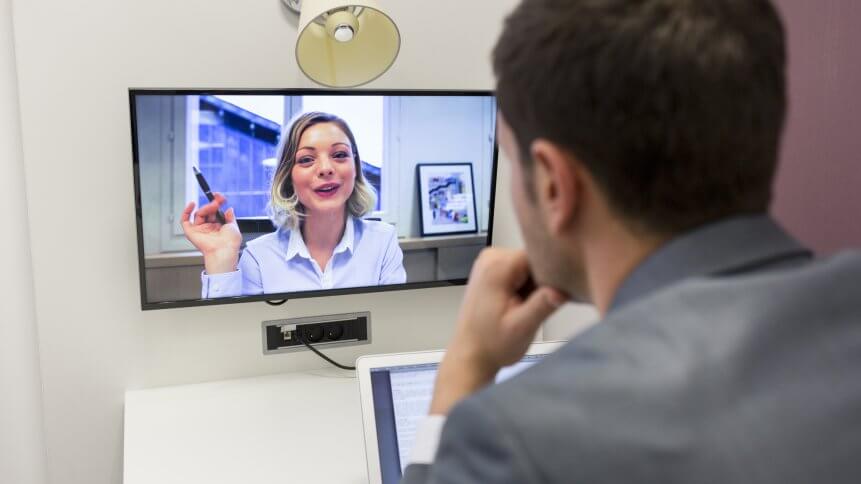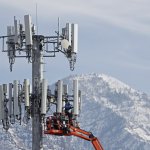Pandemic will illuminate where 5G can transform our work

The tech industry is likely to suffer from a period of stagnant innovation due to the ongoing pandemic. Numerous conferences have been canceled, business trips halted and supply chains are disrupted.
While the full economic impact of e black swan event is hard to predict, organizations face the challenge of transitioning to a remote workforce to keep operations running.
Unsurprisingly, the influx of employees working from home has led to a sharp peak in internet usage. In the UK, Vodafone reported a 30 percent hike in internet traffic across its UK fixed-line and mobile networks.
Another internet provider, TalkTalk experienced a 20 percent spike in daytime network traffic since Monday.
Concerns that telecom and internet providers will be unable to cope with the dramatic increase of internet usage — professionals engaging in video conferencing, students taking online classes, children streaming videos or movies through the day — has led the EU to call for a ‘ration’ on internet usage.
Thierry Breton, one of the European commissioners in charge of digital policy, advised streaming giants such as Netflix and Youtube to put a cap on their services to prevent the region’s broadband network from crashing, urging them to switch to standard definition, rather than HD.
Important phone conversation with @ReedHastings, CEO of @Netflix
To beat #COVID19, we #StayAtHome
Teleworking & streaming help a lot but infrastructures might be in strain.
To secure Internet access for all, let’s #SwitchToStandard definition when HD is not necessary.
— Thierry Breton (@ThierryBreton) March 18, 2020
This peaking demand for internet services, and the risk of network infrastructure buckling under the strain, goes to show our reliability on connectivity throughout the day for both our business and personal lives. It’s only further highlighting the need for continued advances towards 5G technology, whose high connection density and super-low latency make it primed for remote interactions and streaming, experts say.
So Zoom is more valuable than Uber now.
— Pui-Wing Tam (@puiwingtam) March 18, 2020
In an exclusive interview with TechHQ, Chris Pearson, President of 5G Americas, amplified the need for the next-gen wireless network tech to “provide people with the opportunity to securely stay in touch with colleagues while working remotely from home,” while keeping productivity at a high level.
“Mobile wireless technologies are especially critical for first responders, workers, and consumers in the mobile digital age,” said Pearson.
It is likely that the current COVID-19 pandemic could highlight areas of business and society that can benefit from 5G-enabled remote connectivity after the virus subsides. Telemedicine, for example – which has been used to maintain social distancing measures and to protect health workers – will likely continue to flourish, alleviating healthcare organizations and providing patients access to an untethered, even global force of healthcare professionals.
Meanwhile, in supply chains, which have been severely impacted by the disruption caused by the outbreak, the establishment of 5G-connected IoT sensors can “help track the status of shipments, sending telemetry data to suppliers, buyers, and vendors instantaneously,” Pearson said.
“5G will someday provide IoT solutions that will allow for autonomous operation of sensors and devices – up to one million devices per square kilometer. For instance, factory floor and manufacturing operations can be remotely monitored via sensors and cameras.”
YOU MIGHT LIKE

5G won’t be a magic bullet — it will be an enabler
It’s likely the pandemic will illuminate many areas of industry that can be transformed by 5G-enabled connectivity – things probably won’t return to a norm, as the challenges are managed, and new ways of working are discovered to be beneficial to some.
“It’s challenging to assess the size of coronavirus’s impact on the course of 5G’s future, as we are still very near the beginning of commercial rollouts. However, 5G and mobile communications will continue to play an even greater role in our connected society,” shared Pearson.









